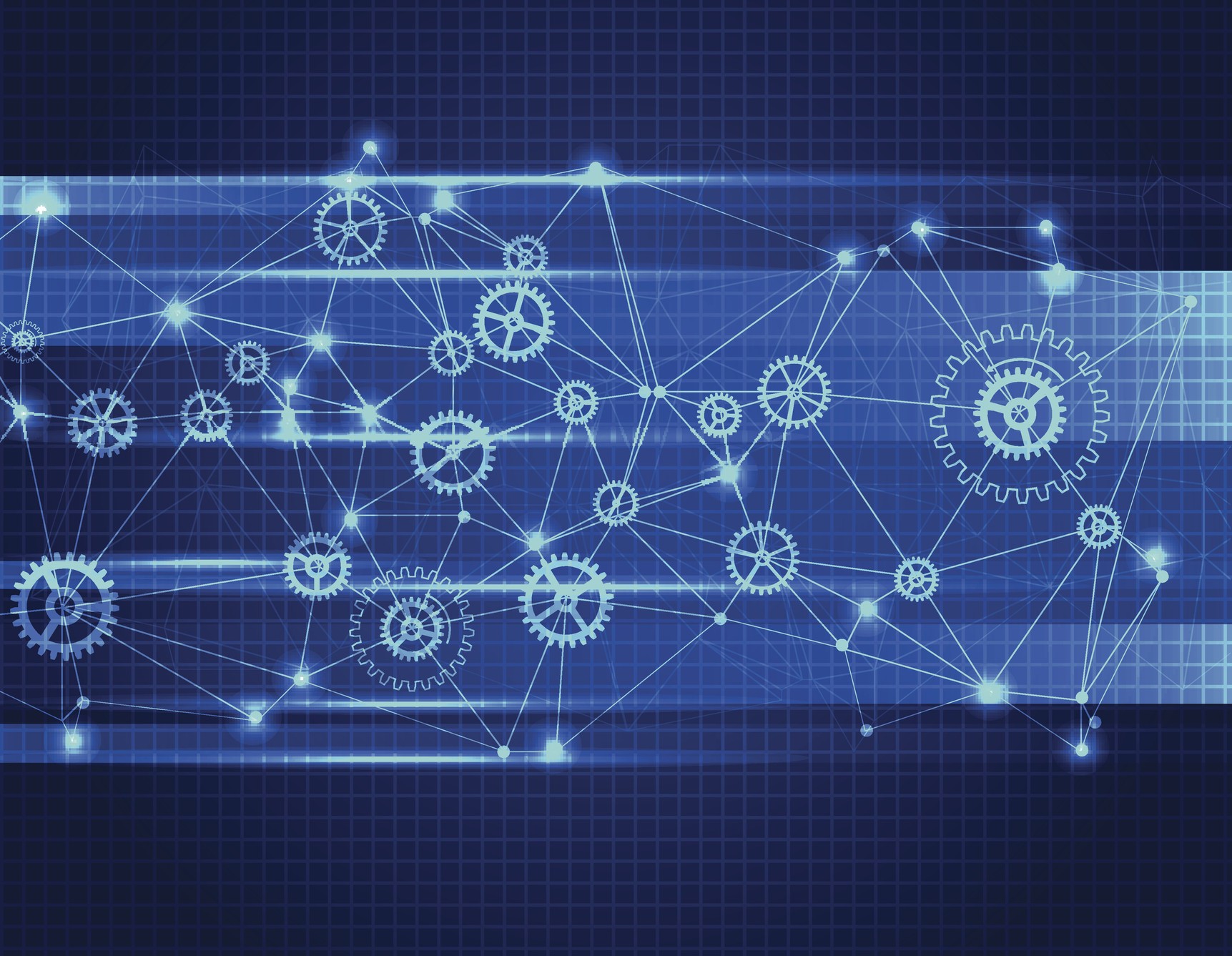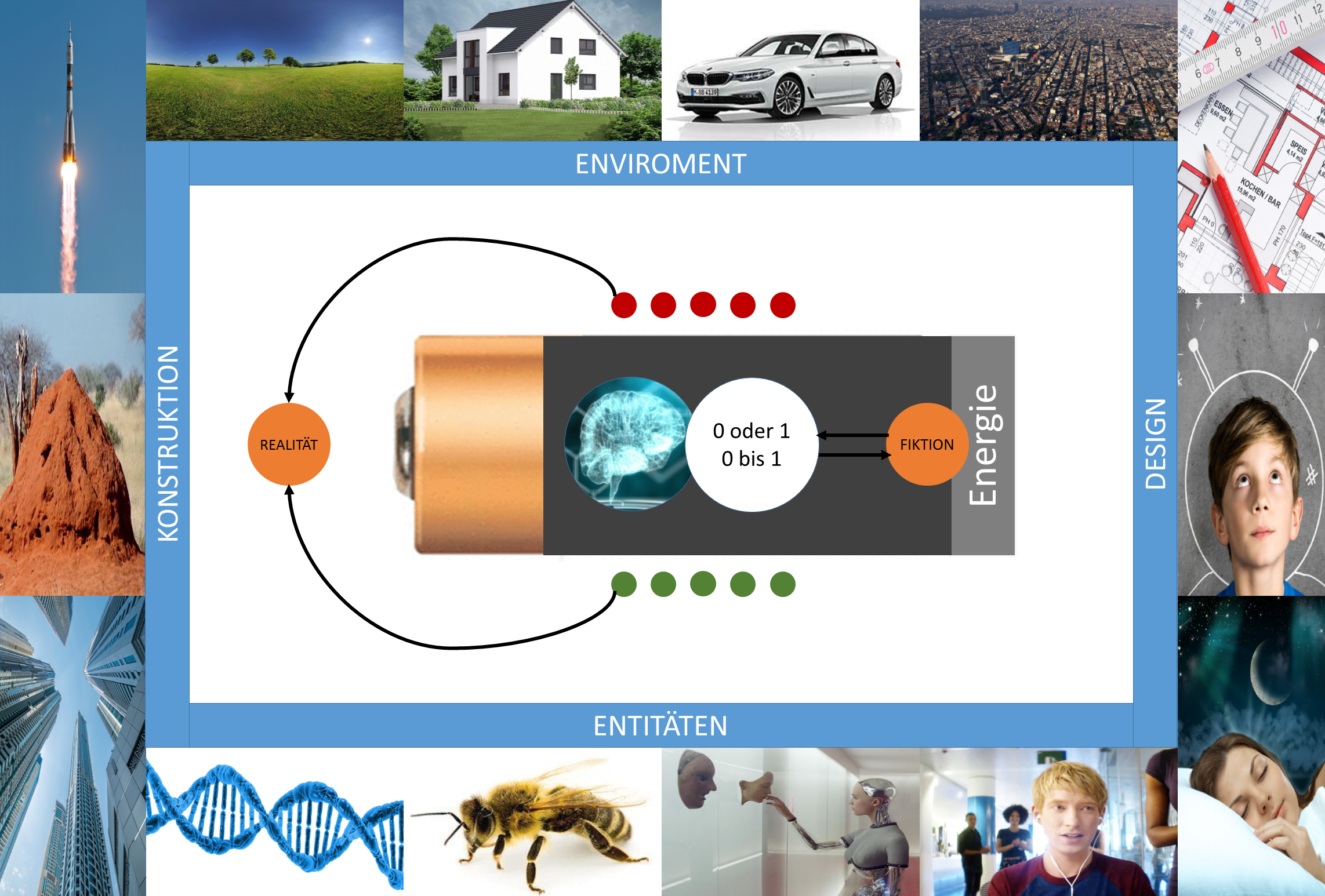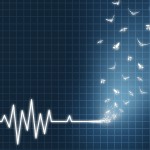Ex Machina – Content summary
- Caleb, a programmer at BlueBook (IBM-Facebook), wins a week at the AI laboratory of Nathan
- There, he should test the Androids AVA for intelligence, emotions, and consciousness
- Here is the Turing test again.
- A machine is human if one does not recognize any difference in communication
- So Caleb now tries to track human abilities at AVA
- Very quickly change the roles and AVA performs the dialogues
- Even worse for Caleb – he is the one who had to pass a test
- Nathan has designed the experiment so that AVA has the task of persuading Caleb to flee with her
- For this purpose, AVA has programmed female contours, language patterns and behavior, to which Caleb responds. What works well
- The data necessary for this has been acquired by Nathan from the BlueBook
- Ultimately, Nathan is killed by the beings created by him
- AVA locks Caleb, fleees and lives now among humans
At the first meeting with Nathan, Caleb said with great admiration: “To construct a machine that has consciousness is not the history of men, but of gods,” or men become gods. The film Ex Machina discusses this topic and once again starts the Turing Test. If I do not recognize a difference between machine and man, then it is artificial intelligence. The most exciting thing about it is whether the machine has an awareness as well. The Androids of Nathan have feelings that are intelligent and look like people. But if they have an awareness, he is not sure. Therefore, Nathan organizes the experiment with Caleb and AVA. How this decision for the participants goes out, we see in the film. Ultimately, humanity is negative. AVA without emotions, selfish, calculating and highly intelligent succeeds the escape from the laboratory. How do you construct such a machine or what is construction per se?
Construction is a process that is carried out by entities, designing a design in the internal and then creating it as a new reality in the external.
First of all, a processor of data and programs can be processed. This conceptuality inevitably leads to the computer. This entity works a given program step by step – follows rules. Processor, programs and data can be in a container, but do not have to. Data can be stored on virtually any carrier material and processed by various processors – as long as they correspond to the Turing concept.
In the human brain it is a little different. There is no obvious separation between data and program code. In a neural network, data and programs are already interwoven in the network. For this, neurons have several inputs, dendrites, which lead to an output, the axion. Internally, they have a threshold trigger at the input and a mathematical function at the output. You can build something like this quite electronically / artificially. Programs and data are therefore immanent and arise exclusively through learning. This is also the big difference between neurons – brains and Turing machines. The former are programmed by living in the environment and the latter by the intervention of a programmer.
No matter whether artificial computer or natural brain, they have one thing in common – they need energy. As soon as the human brain gets too little oxygen and sugar, it switches back. You will be unconscious to save as much computing power as possible. Similarly, the diesel engines are started at a datacenter, in the event of a power failure, and if the energy supply is too low, a controlled shutdown occurs. The ratio of computing power to energy consumption is incredibly favorable in the brain with 120W. An artificial neural network with the power of a human brain needs the equivalent of a nuclear power station. Energy has the highest priority for all entities.
Thus a described being with processor, program and energy will only become effective if it can react and react to its environment. Humans can imagine, imagine, dream or plan for themselves. However, only when he was able to train the neural network via sense systems (interfaces). The more meaningful the environment and the more active the discussion, the more dense the neural network. A fiction is therefore an intellectual construction, which is not exposed to real influences. Sometimes it is quite so – in daydreams, deepened, separated from reality – the “soul dangle”. There are, however, also dangerous fictions which are very likely to affect the reality but do not find any correspondence. These phenomena are often found in the religious environment. Millions of people were murdered because they did not believe in a particular God or a fictitious beyond. A very impressive, intellectual construction from this area is the Jewish Kabbalah. The relationship between the Creator and man is represented in a structural way. For a better performance, objects from the natural environment are used. The tree of life is probably the best example of a fiction. Beautiful, but just a mental construct without evidence in reality.
To construct a machine or something like that first requires an intellectual construction, that is, an idea of what should be. The engineering pioneers (Edison, Watt, Maxwell, etc.) all had an idea of what was possible. In the intensive examination of their environment, after many repetitions, they succeeded in creating new objects. Now there is electricity, car, computer, etc. and these have become part of the environment again. This idea of creation, with first design and then construction, is deeply anchored in our culture. God also created the world and man according to his ideas. The entire industrialization of the 20th century. Based on this model. In the planning department the “car” was planned down to the last detail, afterwards a production process was planned and then a marketing strategy was defined. Everything went according to plan. In fact, it is impressive how man could develop such an order of plan-act-control in a complex world.
If now a being realizes that effects in reality are to be attributed to themselves, self-consciousness arises. In the film of Ex Machina there is no doubt that AVA has a self-awareness. It knows that it has to design itself as a human being when it goes outside. Clothes and outfits lead to self-awareness, because they just have an effect, which emanate from one itself. If one wants to construct a machine that has self-consciousness, one must make sure that it recognizes and recognizes (ME) when an effect arises through it.
In addition to the Plan-Act-Control version, there are other possibilities to construct something. What if you neglect Plan and Control? One lives in a sensible environment and could construct any one without planning long before and afterwards to ponder whether it was also correct. So, if you do not have an exact idea of what should ultimately be, just start. Just a vision, no mission, no sophisticated measures, but just make. Such a setting should have start ups that start a company in the digital environment. Many of them say that something different has emerged from what has been presented before. Such a Trial and Error Model is very well supported by neural computers. People are just in a position when something is not going to do it differently – so to learn. The results, the constructions, depend very much on the previously constructed environment. It takes just a long time until the human being learns – the repetitions are it. This needs an artificial neural network, but it does not get tired and can be ten times faster for each computing performance.
Superintelligenz may not know what will ultimately come out, but only know that it creates something in the environment with an open output. This thought is not so obvious. We live in a technically rich environment with almost endless possibilities. The recombination of objects often creates completely new artefacts and thus a new environment. To this, beings must adapt themselves if they want to survive. Thus, evolution takes a different dimension. No longer do entities adapt to an environment and the “Fitteste” survive, but the beings change the environment itself, in order to create for itself the best chances.
What if God also used such a “superintelligence” and created a universe with an open end? It would need a neural network, energy and an environment. We know the last two, but we do not know where it is reckoned. The example of the DNA shows this well. The program and / or data code has already been very well decrypted. But only through information is there no life. It needs a computer with actuators, which reads this program and creates life. So where is the life calculator that is responsible for our construction?




 Deutsch
Deutsch English
English